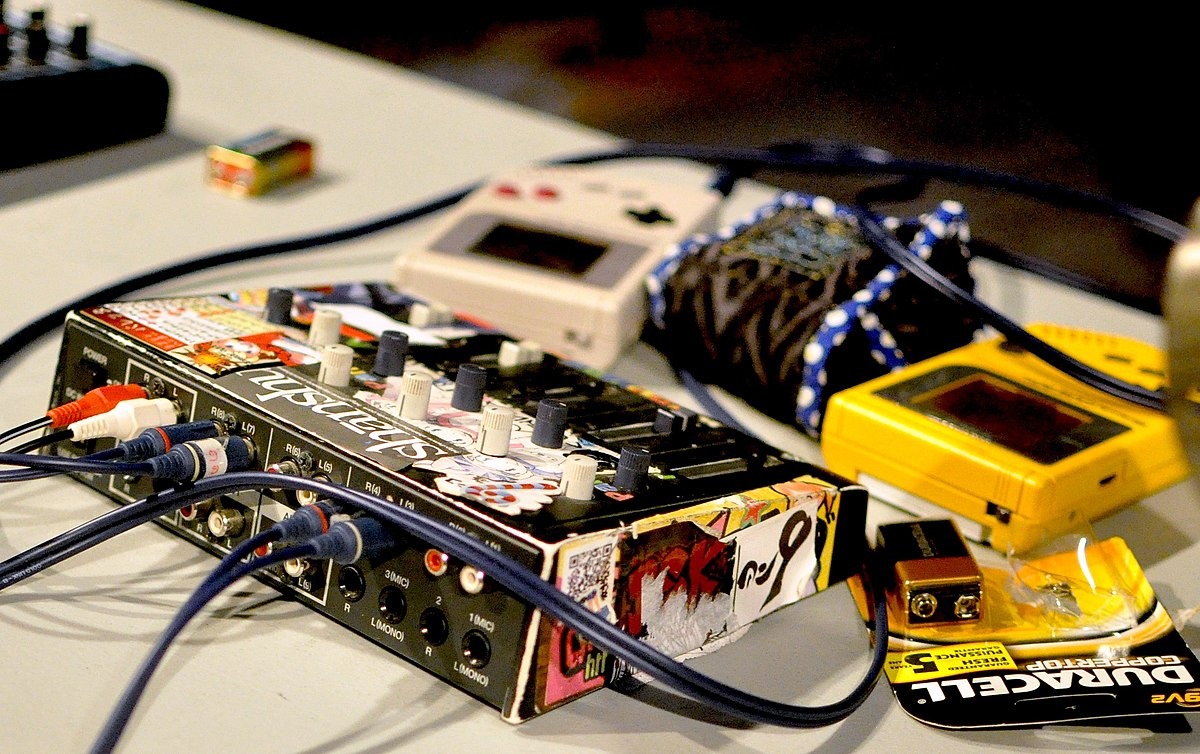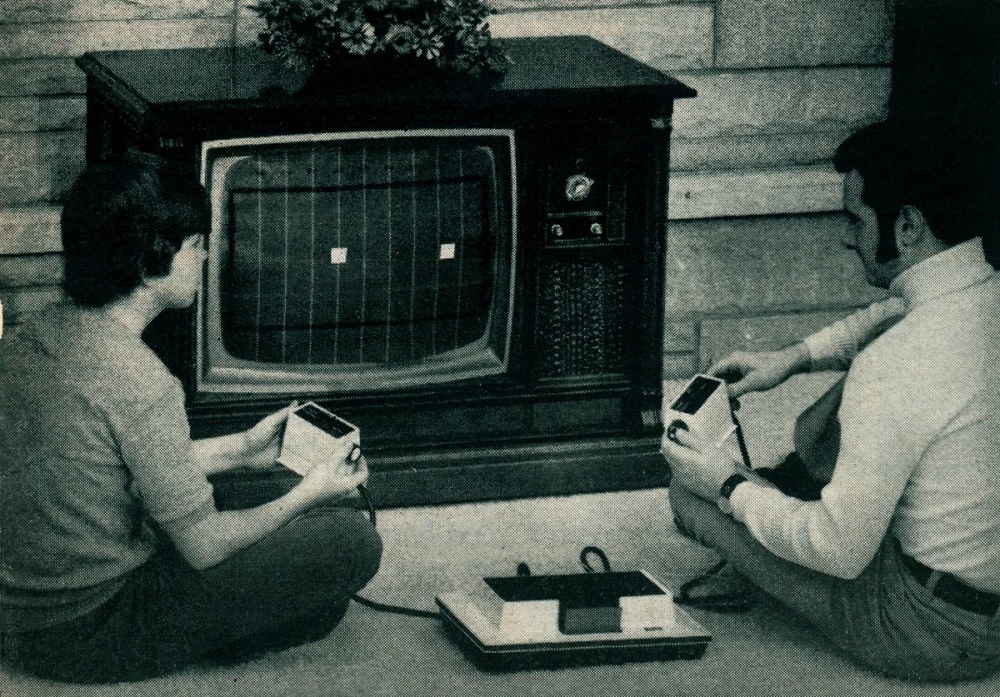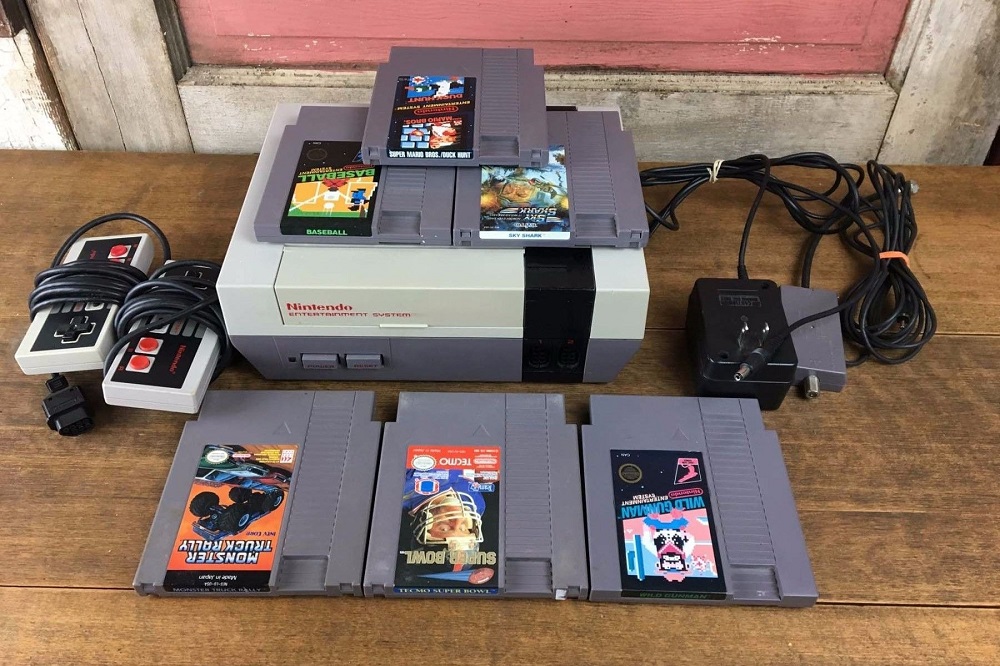Before orchestras, surround sound, and Dolby Atmos, video game music lived inside chips — tiny silicon miracles that turned electric signals into emotion.
From the catchy melodies of the NES to the gritty basslines of the Sega Genesis, sound chips defined the identity of retro gaming.
They weren’t just background noise — they were the atmosphere.
Those bleeps, bloops, and crunchy tones became part of our childhood memories, echoing through arcades and living rooms alike.
At Oldies Nest, we’re diving deep into how these humble sound processors shaped the golden era of gaming, inspired composers to push limits, and left a legacy still heard today.
The Birth of Game Sound: 8-Bit Pioneers
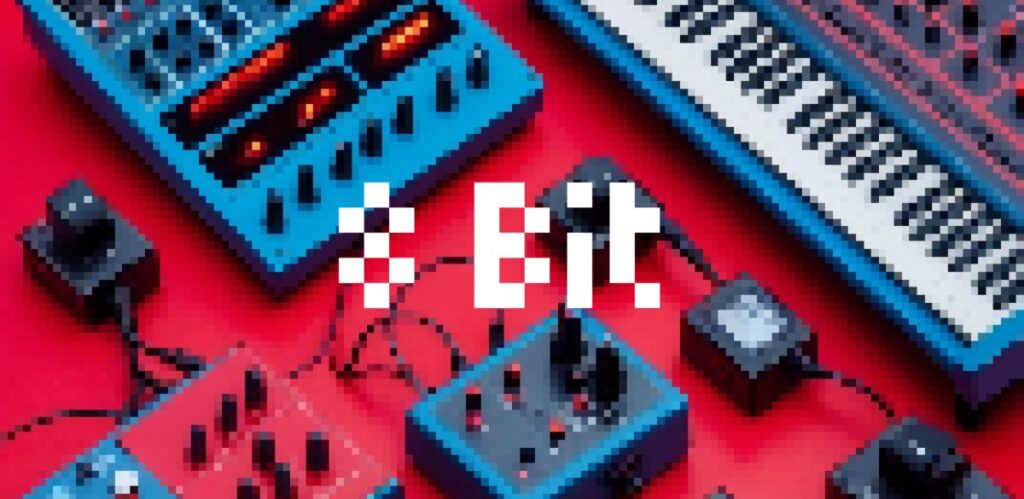
When video games first hit arcades and home consoles in the late 1970s, sound was more functional than artistic — a few tones to indicate movement or points.
That changed with the rise of dedicated sound chips in the 8-bit era.
These small processors gave developers new creative control, allowing them to generate melody, rhythm, and even harmony.
The Pulse of the NES – The Ricoh 2A03
Nintendo’s Ricoh 2A03 chip was revolutionary for its time. It featured:
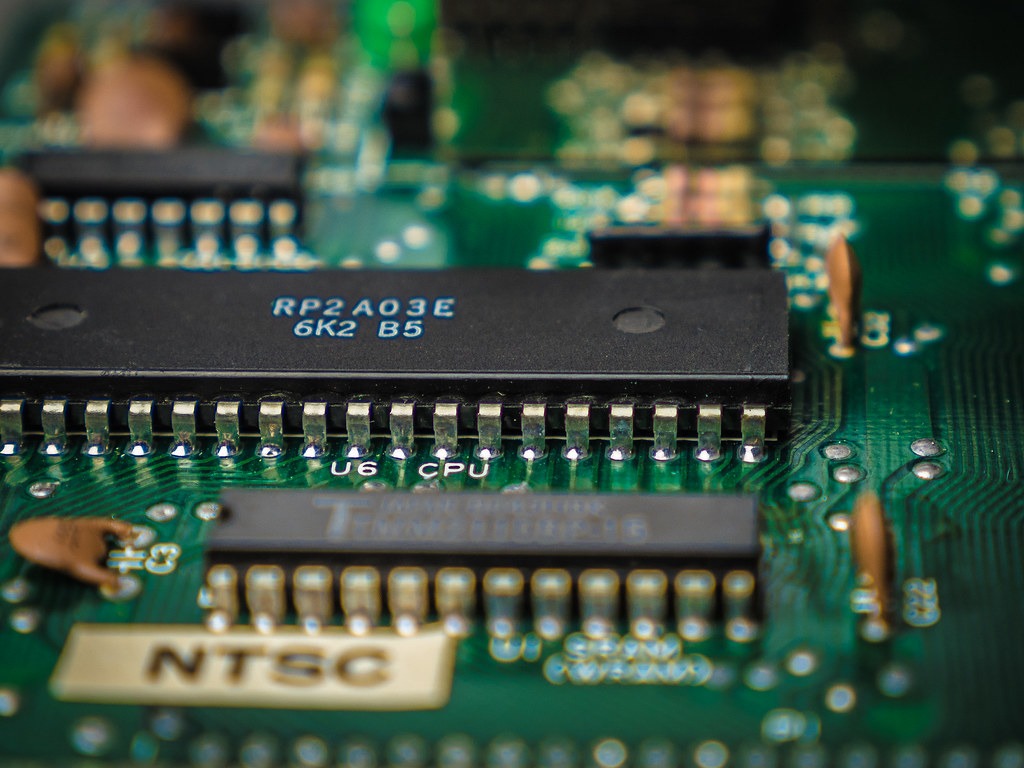
- 2 pulse wave channels for melody and harmony
- 1 triangle wave for bass and percussion
- 1 noise channel for drums and effects
- 1 DPCM channel for sample playback
With this setup, composers like Koji Kondo (Super Mario Bros., The Legend of Zelda) created unforgettable tunes within extreme limitations.
Every melody was hand-coded, every sound effect carefully balanced — a technical symphony inside just a few kilobytes.
As discussed in The Music of Retro Games: Chiptune Power, these creative constraints led to melodies that remain timeless today.
The Sound of Competition: Sega vs. Nintendo
While Nintendo captured hearts with cheerful melodies, Sega built its identity on grit and energy.
Sega Master System – SN76489
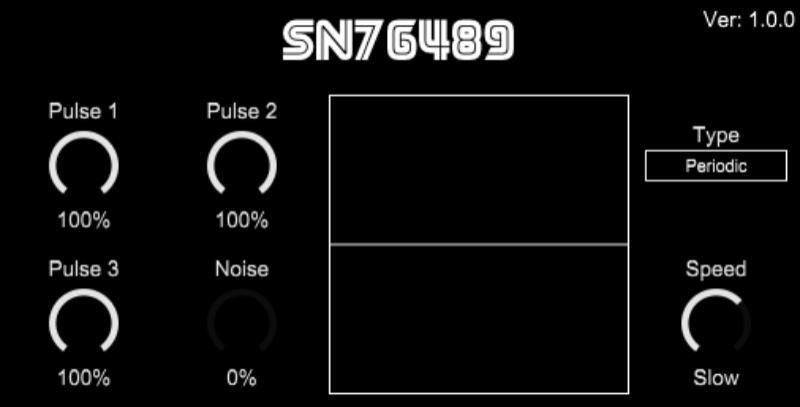
Sega’s early console used Texas Instruments’ SN76489, the same chip found in arcade boards.
It delivered a raw, bright tone — perfect for games like Alex Kidd and Phantasy Star.
NES vs. Master System
- NES: melodic, warm, emotional
- Master System: sharper, more aggressive, punchy
This contrast defined two musical identities — Nintendo’s playful optimism vs. Sega’s arcade adrenaline.
16-Bit Revolution: The Rise of Sonic Fidelity
As consoles moved into the 1990s, 16-bit sound chips elevated game audio to a new level.
These systems could now mix multiple channels, sample real instruments, and simulate depth never before possible in home consoles.
Super Nintendo Entertainment System (SNES): The Symphonic Era
The SNES’s Sony SPC700 chip changed everything.
With 8 audio channels and built-in reverb, it could play digital samples rather than purely synthesized tones.
What Made It Special
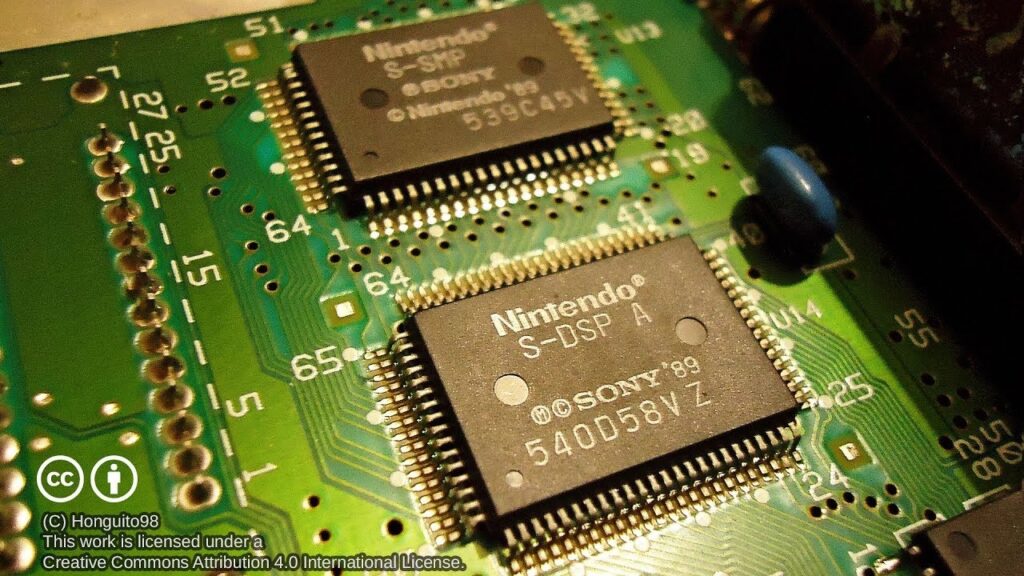
- 64 KB of sound memory allowed richer compositions.
- True stereo output created spatial immersion.
- Programmable reverb added cinematic depth.
Composers like Nobuo Uematsu (Final Fantasy VI) and Yasunori Mitsuda (Chrono Trigger) used it to produce lush orchestral scores that rivaled film soundtracks.
Even today, these tracks are revered for their emotional storytelling — proof that emotion doesn’t require realism.
Sega Genesis: The Sound of Raw Power
Sega took a different path. Its Yamaha YM2612 FM synthesis chip gave the Genesis a unique edge — grittier, sharper, more “mechanical.”
FM Synthesis Explained
FM (Frequency Modulation) uses wave interference to create complex tones.
Instead of smooth samples, FM produces rich, metallic textures — perfect for rock and electronic music.
That’s why Genesis soundtracks often felt more energetic and urban.
Titles like Sonic the Hedgehog 2, Streets of Rage 2, and Ecco the Dolphin used FM synthesis to craft music with punch and rhythm.
Composers like Yuzo Koshiro mastered this chip, turning its limitations into power — creating beats still sampled in modern electronic music.
As covered in The Golden Age of Arcades: 1980–1985, Sega’s arcade roots heavily influenced its home console sound — built for speed, not subtlety.
The Art of Composition: Music by Code
Creating music on sound chips wasn’t like using today’s software — there were no waveforms to drag or soundbanks to browse.
Composers literally programmed music note by note, often in hexadecimal code.
They had to think like both musicians and engineers:
- Timing every beat with CPU cycles.
- Squeezing tracks into tiny memory spaces.
- Reusing sounds to conserve processing power.
This forced creativity led to highly melodic, catchy tunes — ones that stuck in players’ heads long after the console powered off.
The limitations bred focus, structure, and melody — qualities that define retro music to this day.
Beyond Consoles: Arcade and PC Sound Chips
While consoles brought sound into homes, arcades were the proving ground for audio innovation.
Yamaha YM2151
Used in Capcom’s Street Fighter II and Konami’s Teenage Mutant Ninja Turtles, this chip delivered multi-channel FM sound that boomed across arcade halls.
Commodore 64 SID Chip
The MOS SID 6581 chip remains legendary for its warm analog tone.
Its three oscillators and customizable filters gave games like The Last Ninja and Turrican II musical depth years ahead of their time.
PCs with AdLib and Sound Blaster cards further expanded the scene — composers could now create full MIDI soundtracks without hardware compromise.
The result was a cross-platform explosion of creativity that still influences chip music communities today.
Sound Chips as Instruments
By the mid-90s, something magical happened: musicians started treating sound chips like instruments.
Chiptune artists — both nostalgic and experimental — began composing new tracks using vintage hardware like the Game Boy’s DMG-CPU B and Commodore’s SID chip.
Modern music genres, from lo-fi hip-hop to synthwave, often pay tribute to these early digital tones.
For retro gamers and composers alike, these chips became voices — each with its own accent and personality.
Why It Still Resonates
Even with modern technology capable of photorealistic audio, players and musicians continue to return to the purity of 8-bit and 16-bit sound.
Why? Because those tones were emotional shorthand.
Every beep carried intent; every limitation demanded melody.
Modern game composers, like Disasterpeace (Fez) and Jake Kaufman (Shovel Knight), deliberately emulate these styles — proving their timeless relevance.
In an age of limitless sound, constraint is once again cool.
The Legacy of Sound Chips
Sound chips shaped not only gaming’s soundtracks but its identity.
The NES’s cheerful optimism, Genesis’s streetwise beats, and SNES’s emotional harmonies still define how we feel about entire eras.
They gave games texture — not in graphics, but in tone.
Even when pixels were crude, the music made worlds come alive.
Visuals and sound worked hand-in-hand to create the warmth of retro aesthetics.
Today, those tones echo through remasters, indie homages, and nostalgia-driven soundtracks — a reminder that the heart of gaming still beats in square waves.
Conclusion: The Soul of the Machine
The 8-bit and 16-bit sound chips weren’t just pieces of hardware; they were composers in silicon form.
They transformed code into melody, constraint into creativity, and nostalgia into permanence.
Their bleeps and buzzes became the universal language of play — a sound that transcended borders and generations.
Even now, when you hear that first note of Super Mario Bros. or the opening bass of Sonic 2, you’re not just hearing music.
You’re hearing history come alive.
Because every tone from those tiny chips carried something eternal — joy, challenge, and the pure spirit of gaming itself.
